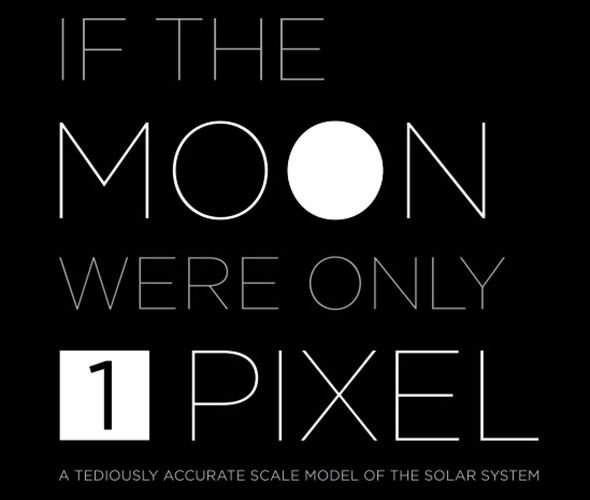This series of images shows the asteroid P/2013 R3 breaking apart, as viewed by the NASA/ESA Hubble Space Telescope in 2013. This is the first time that such a body has been seen to undergo this kind of break-up. Credit: NASA, ESA, D. Jewitt (UCLA).
Back in 2010, astronomers discovered an asteroid that was breaking apart due to a head-on collision with another asteroid. But now they have seen an asteroid break apart – with no recent collision required.
Asteroid P/2013 R3 appears to be crumbling apart in space, and astronomers using the Hubble Space Telescope recently saw the asteroid breaking into as many as 10 smaller pieces. The best explanation for the break-up is the Yarkovsky–O’Keefe–Radzievskii–Paddack (YORP) effect, a subtle effect from sunlight that can change the asteroid’s rotation rate and basically cause a rubbly-type asteroid to spin apart.
“This is a really bizarre thing to observe — we’ve never seen anything like it before,” said co-author Jessica Agarwal of the Max Planck Institute for Solar System Research, Germany. “The break-up could have many different causes, but the Hubble observations are detailed enough that we can actually pinpoint the process responsible.”
Astronomers first noticed this asteroid on September 15, 2013 and it appeared as a weird, fuzzy-looking object, as seen by the Catalina and Pan-STARRS sky-survey telescopes. A follow-up observation on Oct. 1 with the W.M. Keck telescope on Hawaii’s Mauna Kea revealed three co-moving bodies embedded in a dusty envelope that is nearly the diameter of Earth.
Then on October 29, 2013, astronomers used the Hubble Space Telescope to observe the object and saw there were actually 10 embedded objects, each with comet-like dust tails. The four largest rocky fragments are up to 200 meters/yards in radius, about twice the length of a football field.
The Hubble data showed that the fragments are drifting away from each other at a leisurely pace of 1.6 km/hr (one mile per hour), which would be slower than a strolling human.
“Seeing this rock fall apart before our eyes is pretty amazing,” said David Jewitt, from UCLA’s Department of Physics and Astronomy, who led the investigation.
via Hubble Telescope Watches Asteroid Disintegrate in Space.




